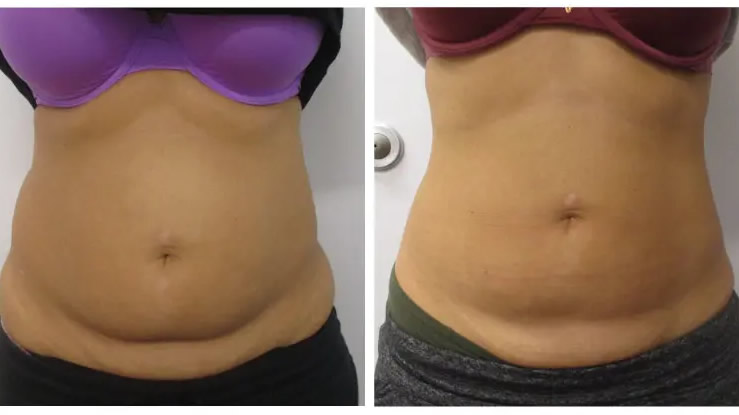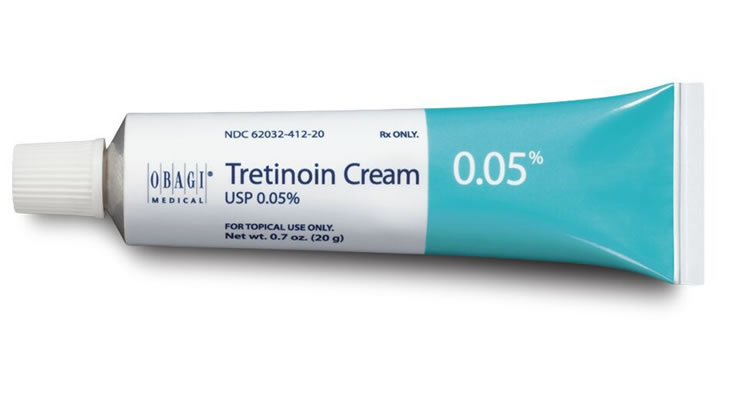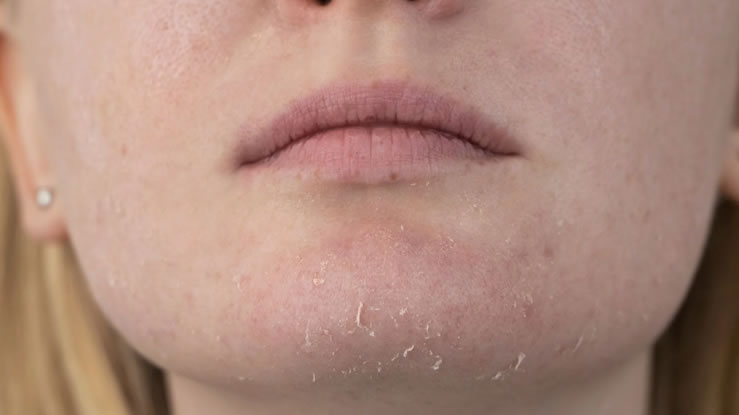Liposuction is one of the most effective cosmetic procedures for removing stubborn fat from specific areas of the body. But while the physical transformation can be impressive, many people have a common concern after the surgery: How long will liposuction last?
This question is essential to consider before undergoing the procedure. The good news is that liposuction can offer long-lasting, even permanent, results—if you take care of your body after surgery. In this article, we explore how liposuction works, how long results last, what influences those results, and how you can maintain your new body shape for years to come.
Understanding What Liposuction Does
Liposuction is a body contouring procedure that removes localized fat deposits. It is not a weight loss method, but rather a tool to sculpt and refine body shape. The most commonly treated areas include the abdomen, thighs, hips, buttocks, back, arms, and under the chin.
During the procedure, a surgeon uses a suction technique to remove fat cells from targeted areas. Depending on the method used—such as tumescent, laser-assisted, or ultrasound-assisted—the fat is broken up and removed through small incisions.
The fat cells removed during liposuction are permanently eliminated. However, this does not mean that future weight gain is impossible. The remaining fat cells in the body can still expand if you don’t maintain a healthy lifestyle.
Read Also>>>How much does liposuction cost?
Are Liposuction Results Permanent?
The short answer is yes—liposuction results are permanent in the sense that the fat cells removed do not regenerate. Once fat cells are suctioned out of the body, they are gone for good. This is a key reason why many patients choose liposuction over non-surgical alternatives.
However, this doesn’t mean you can’t gain weight in the future. If you do, the fat will be distributed to the remaining fat cells in your body, including areas that were not treated. This can affect the overall balance of your appearance.
So while the fat removed is gone permanently, your long-term results depend largely on your lifestyle after the procedure.
What Influences How Long Liposuction Results Last?
Several key factors affect how long the results of liposuction will last. Let’s look at the most important ones.
1. Your Post-Op Lifestyle
Maintaining your results starts with the way you take care of your body after surgery. Liposuction is not a license to return to unhealthy habits. Regular exercise, a balanced diet, and avoiding major weight fluctuations are essential for preserving your new shape.
2. Weight Gain After Surgery
If you gain a small amount of weight, the remaining fat cells may enlarge slightly, but your overall results might still look good. However, significant weight gain—10% or more of your body weight—can reverse the effects of liposuction and lead to uneven or distorted contours.
3. Age and Skin Elasticity
Younger patients tend to experience longer-lasting and more noticeable results because their skin can contract smoothly around the new contours. Older individuals with looser skin might not see as dramatic or durable outcomes unless combined with a skin tightening procedure.
4. Hormonal Changes
Pregnancy, menopause, or medical conditions that affect hormones can cause changes in fat distribution, even after liposuction. This doesn’t mean the procedure was unsuccessful, but it might alter the balance of your body shape.
5. Quality of the Procedure
Choosing an experienced, board-certified surgeon greatly affects your results. A skilled surgeon knows how much fat to remove, how to sculpt evenly, and how to minimize trauma to surrounding tissues. High-quality results are more likely to stand the test of time.
Timeline of Liposuction Results
While fat removal is immediate, the final results of liposuction take time to appear. Here’s what you can expect during the recovery and results timeline:
First Few Days
You will experience swelling, bruising, and soreness in the treated areas. Compression garments will be worn to help reduce swelling and support the healing tissues. The swelling will mask your results at this stage.
2 to 6 Weeks
Swelling begins to subside, and you may start to see your new shape emerging. Most people return to light activity after 1 to 2 weeks, but strenuous workouts should still be avoided for at least 4 to 6 weeks.
3 to 6 Months
By this time, most of the swelling has resolved, and your final results will be more visible. The treated areas appear slimmer, and the body contour looks more defined.
6 Months and Beyond
This is when you see the full and lasting results of liposuction. If you’ve maintained your weight, the effects should be stable. Now is the time to fully embrace your new look and lifestyle.
Can Fat Return After Liposuction?
The fat removed from treated areas cannot return, but that doesn’t mean your body can’t store new fat. Weight gain after liposuction can lead to fat accumulation in untreated areas, which may cause an uneven or undesired look.
For example, if you had liposuction on your abdomen and later gained significant weight, you may notice more fat developing in your thighs, arms, or back. In some cases, the fat may still return to the treated area, though usually to a lesser degree.
To avoid this, it’s essential to adopt a sustainable approach to health:
-
Follow a nutrient-dense, balanced diet
-
Engage in regular physical activity
-
Manage stress and sleep
-
Avoid crash diets or drastic weight fluctuations
How to Maintain Liposuction Results Long-Term
Here are some practical steps to ensure your liposuction results last for many years:
Commit to a Healthy Diet
Focus on whole foods, lean proteins, healthy fats, and fiber. Limit sugar, processed foods, and excessive carbs. Eating well helps prevent fat accumulation in untreated areas.
Stay Active
Regular exercise not only helps keep your weight stable but also tones muscles and boosts circulation, enhancing the appearance of your body contours.
Hydrate and Rest
Drink plenty of water and get enough sleep. Proper rest supports hormone balance, metabolism, and recovery, all of which influence your body’s ability to maintain its shape.
Follow Your Surgeon’s Aftercare Instructions
Proper post-operative care—including wearing compression garments, attending follow-up appointments, and avoiding certain activities—is essential for recovery and long-term results.
How Long Will Liposuction Last Compared to Non-Surgical Fat Removal?
Non-surgical treatments like CoolSculpting or laser lipolysis offer fat reduction without surgery, but their results are generally less dramatic and may not last as long. Liposuction removes more fat in a single session and provides more precise body sculpting.
If you’re looking for a long-term change in body shape, liposuction remains the most effective method. While non-invasive options may be suitable for minor contouring, they often require multiple treatments and deliver subtle results.
Revisiting Liposuction in the Future
Some patients choose to undergo additional liposuction years later if they want further contouring or develop new problem areas. As long as you are in good health, repeat liposuction is generally safe and effective.
Others combine liposuction with other procedures such as tummy tucks or body lifts for more comprehensive transformations. Always consult with a qualified plastic surgeon to determine the best approach for your goals.
So, how long will liposuction last? The answer lies partly in the procedure itself and largely in how you treat your body afterward. The fat cells removed during liposuction are gone forever, making the procedure a permanent solution for targeted fat reduction. However, the durability of your results depends on maintaining a stable weight, staying active, and eating well.
Think of liposuction as a reset button for your body’s shape. Once you achieve the desired contour, it’s up to you to protect and preserve it. With the right habits and ongoing care, your liposuction results can last for many years—if not a lifetime.


















